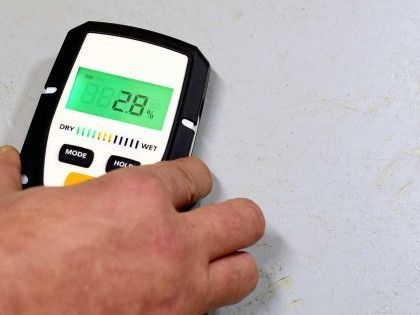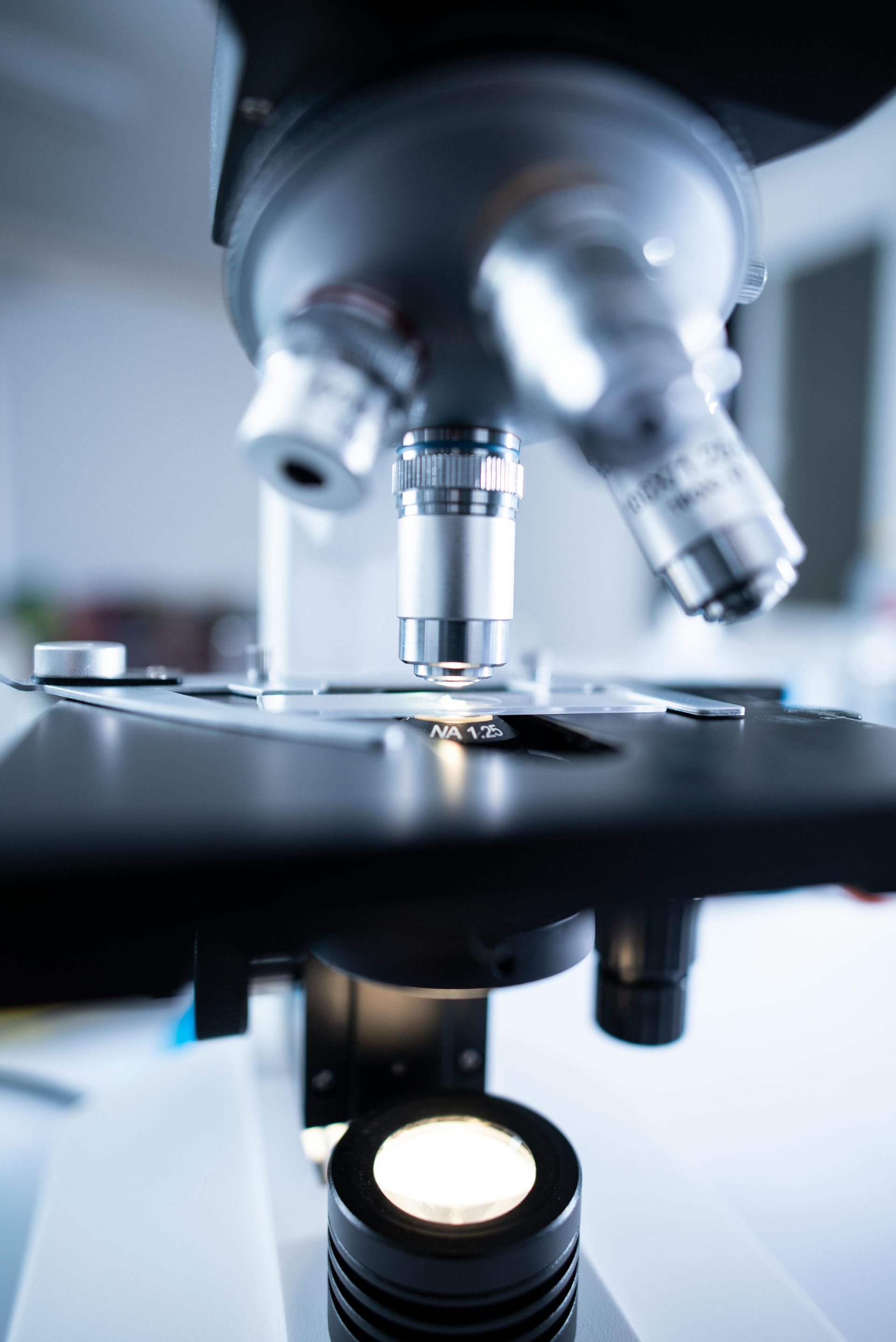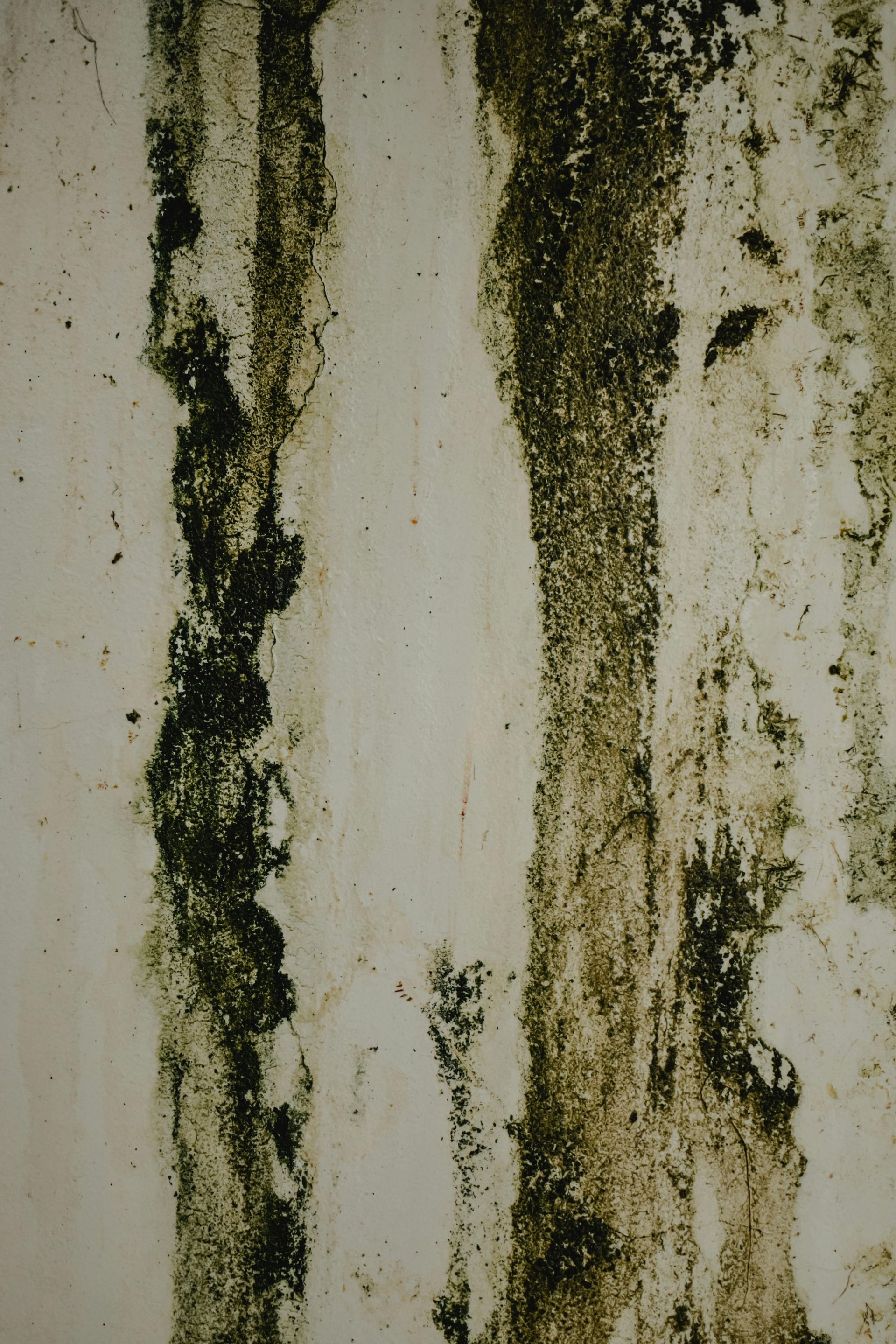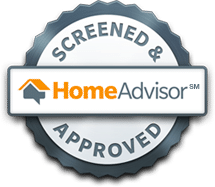Mold Testing Company


What is Mold?


(609) 905-6653 | (833) KIL-MOLD





ADA Disclaimer
Kill Mold is committed to making its website/social media accessible and user-friendly for everyone. If you are having difficulty viewing or navigating the content on our website, or notice any content, feature or functionality that you believe is not fully accessible to individuals with disabilities, please call 833-545-6653.
Contact